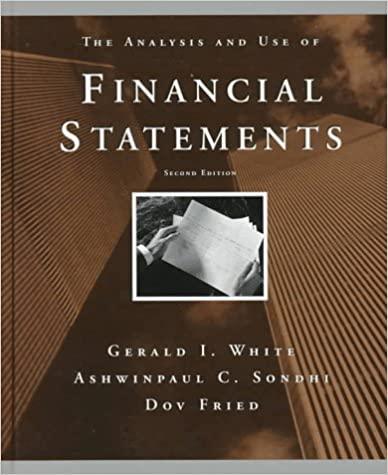Question
1. Consider an n-firm homogeneous good oligopoly, with constant marginal cost, the same for all firms. Let * represent the minimum value of the discount
1. Consider an n-firm homogeneous good oligopoly, with constant marginal cost, the same for all firms. Let * represent the minimum value of the discount factor such that it is possible to sustain monopoly prices in a collusive agreement amongst the n firms. Derive the expression for */n, which illustrates how * changes for increasing n.
a. */n = 1/n2
b. */n = 0
c. */n = n
d. */n = n2
2. Consider a price-setting oligopoly with 5 firms, all with constant marginal cost c. Suppose market demand is given by D(p). Determine the minimum discount factor such that there exists an equilibrium with monopoly pricing (i.e., such that there exists collusion).
a. 0.95
b. 0.5
c. 0.8
d. 0.9
3. A firm is considering an investment into a new technology that would lower costs and increase their profits over the foreseeable future. The technology costs $1 million today and will increase profits by $100 thousand per year. What is the minimum annual discount factor in which the firm is willing to make the investment?
a. 0.95
b. 0.8
c. 0.9
d. 0.7
4. Suppose n firms decide whether to collude or not. Collusion comes at a cost: if the anti-trust regulator catches a firm colluding, it is forced to shut down operations. The probability that the regulator catches you depends on the number of firms in the market and is equal to 1/n. That is, for a duopoly, the probability of being caught colluding is 50%. What is the minimum discount factor that would result in collusion in a market made of n=2 firms?
a. 0.85
b. 0.8
c. 0.75
d. 0.9
Step by Step Solution
There are 3 Steps involved in it
Step: 1

Get Instant Access to Expert-Tailored Solutions
See step-by-step solutions with expert insights and AI powered tools for academic success
Step: 2

Step: 3

Ace Your Homework with AI
Get the answers you need in no time with our AI-driven, step-by-step assistance
Get Started


